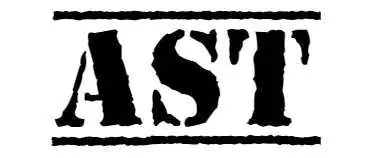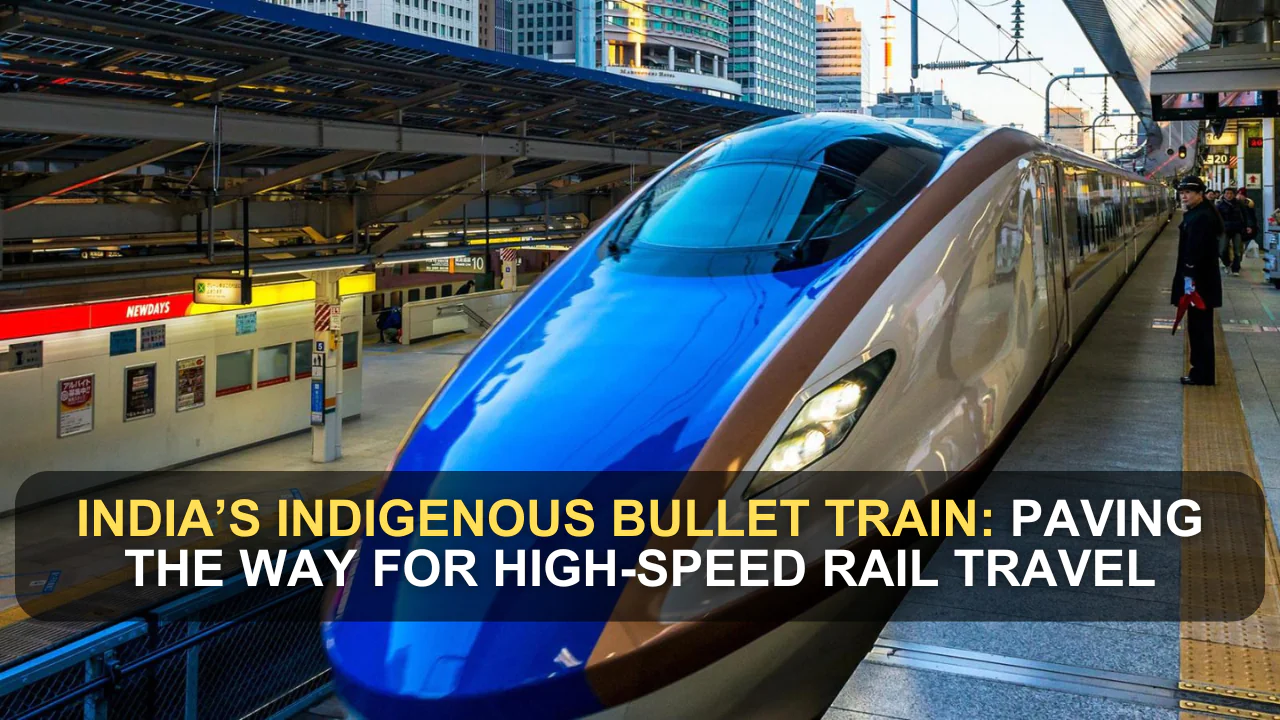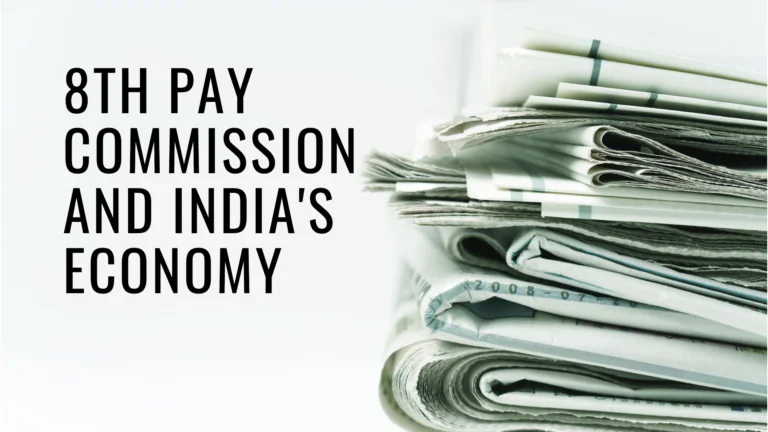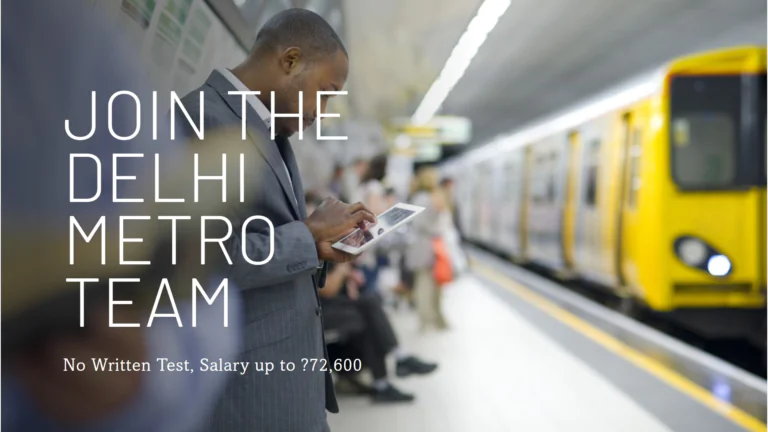The high-speed rail project in India has shown impressive progress because the development of Mumbai-Ahmedabad Bullet Trains using Shinkansen technology encountered major delays and now aims to launch in 2030. Researchers are now working toward developing indigenous rail network modernization solutions through Vande Bharat trains and advanced signal systems as the original 2030 target date is delayed. Let’s explore the key highlights of this transformative journey:
Table of Contents
Shinkansen Bullet Train Delayed to 2030
The 2026 release plan for Shinkansen bullet trains on the critical Mumbai-Ahmedabad corridor was moved to 2030, while administrators aim for complete bullet train operations by 2033. A variety of development-phase obstacles are responsible for the project’s time extension.
Overcoming Challenges
Implementing Japanese high-speed rail in India showed that complex massive infrastructure projects often face unexpected problems that delay their completion. India continues to support revolutionizing rail systems with modern technology even though its long-term commitment to high-speed rail sector progress remains unchanged.
Vande Bharat Trains Step In
As India waits for Shinkansen trains to arrive it depends on its national Vande Bharat trains to fill the technology gap. According to engineers, these advanced trains reach operational speeds of 280 km/hr which makes them essential to the growth of Indian high-speed rails.
Advanced Signalling System for Vande Bharat
Vande Bharat trains obtain a substantial enhancement through the implementation of the European Train Control System (ETCS) Level-2. ETCS-2 surpasses the Japanese DS-ATC signaling protocol designed for Shinkansen because this technology matches India’s present railway criteria therefore it improves railroad operational safety and efficacy.
ETCS-2 to Be Operational by 2027
Under a seven-year project, RailTelevip is integrating the ETCS-2 system into Vande Bharat trains to implement across the network by 2027. India’s high-speed rail services gain a powerful electronic signaling framework through this development before the Shinkansen’s arrival.
Future Compatibility with Shinkansen
Initial deployment of Vande Bharat trains incorporates the ETCS-2 system yet enables the possibility of later integrating with Japan’s DS-ATC signaling technology. The system design enables native and imported rail components to work together perfectly to deliver an international standard train riding experience.
India’s Vision for High-Speed Rail
The building of an efficient high-speed rail network remains a strong priority for India. The country constructs a modern rail system to deliver safe faster and comfortable rail journeys for millions through its Vande Bharat trains deployment alongside its phased Shinkansen implementation plan.
Does India finally stand on the threshold of implementing its bullet train vision?
Indian aspirations for high-speed rail development progress because of both domestic technological advancements and international cooperation with global organizations. The Vande Bharat trains together with the ETCS-2 signalling system create foundation stones for India’s rail infrastructure to evolve toward bullet train implementation.




